Improving Patient Care: A Hand Hygiene Quality Improvement Project
VerifiedAdded on 2023/06/03
|11
|747
|359
Project
AI Summary
This project presents a quality improvement plan centered on hand hygiene within a hospital setting, aiming to comply with the STEEP framework (Safe, Timely, Effective, Efficient, Equitable, Patient-centered). The project highlights the significance of hand hygiene in preventing healthcare-related infections, citing the WHO guidelines and the impact of poor hand hygiene. It employs the Six Sigma tool to define, measure, analyze, improve, and control the problem, with the goal of reducing infection rates among patients and nursing professionals. The plan involves educating and training staff, implementing hand hygiene protocols, and evaluating outcomes through reduced infection cases and associated medical costs. The project outlines the steps involved in effective hand hygiene, the economic impact of the intervention, and the resources required. The timeline projects positive outcomes within eight months. The project provides references to support its findings.
1 out of 11
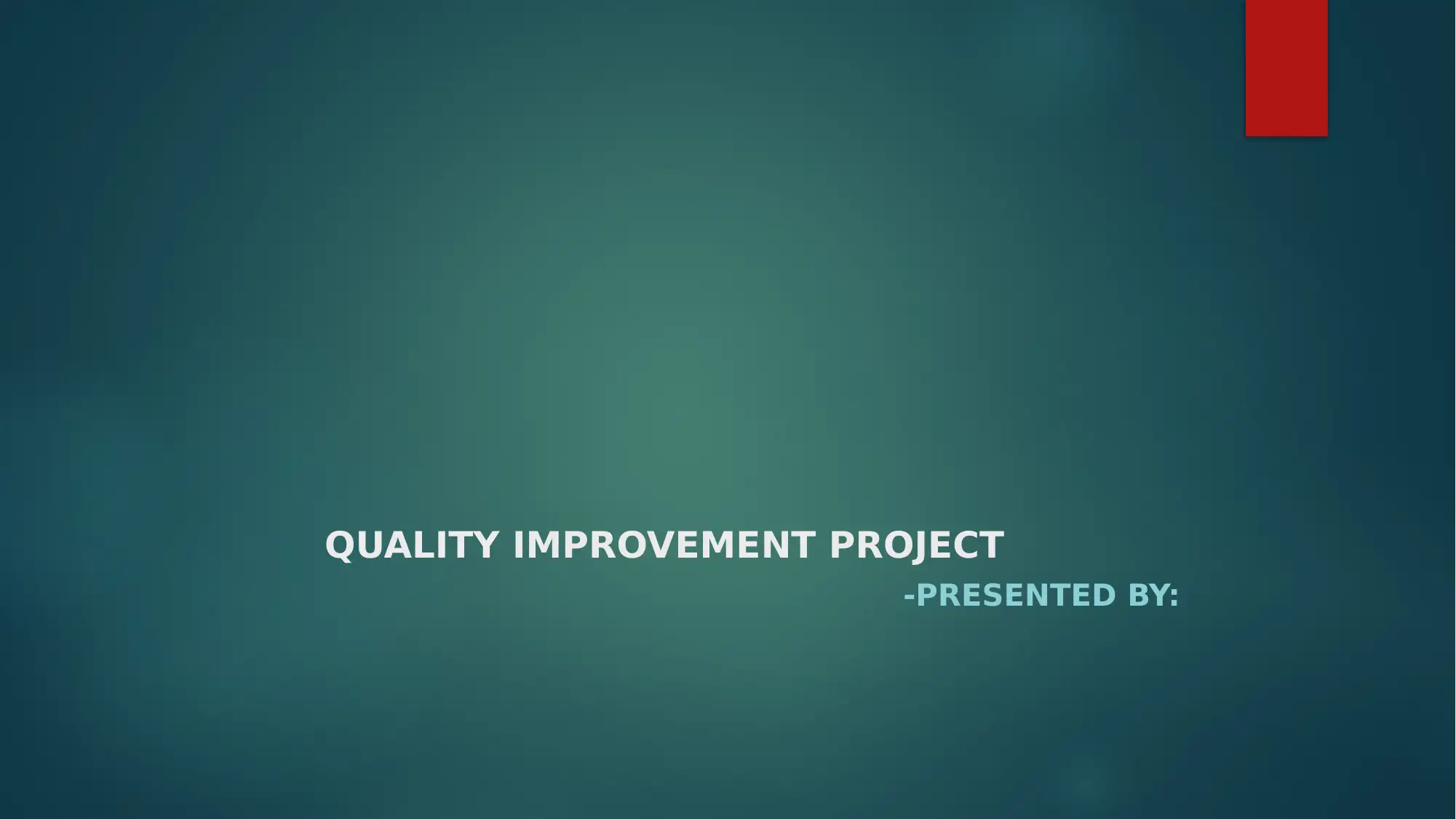
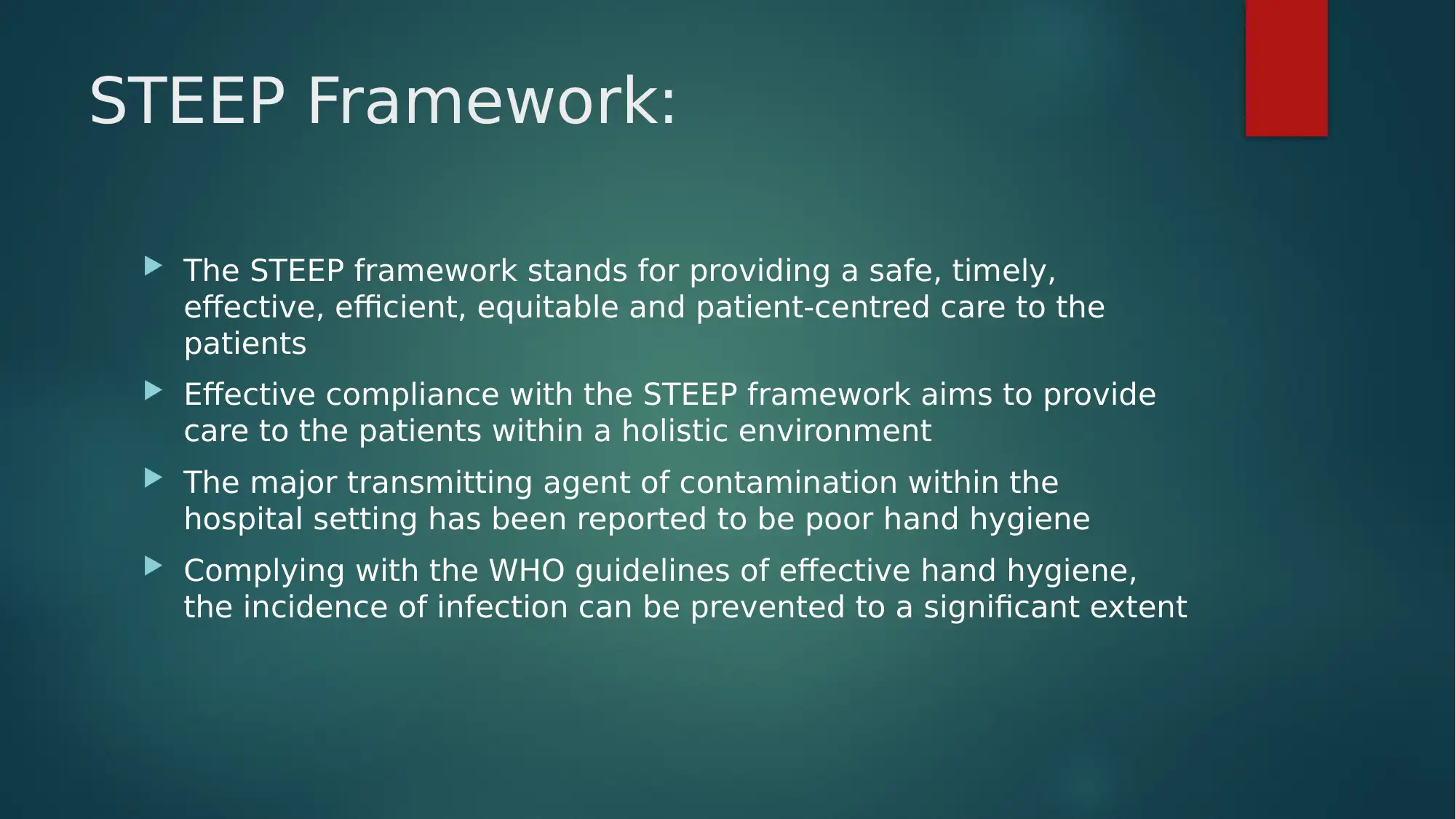
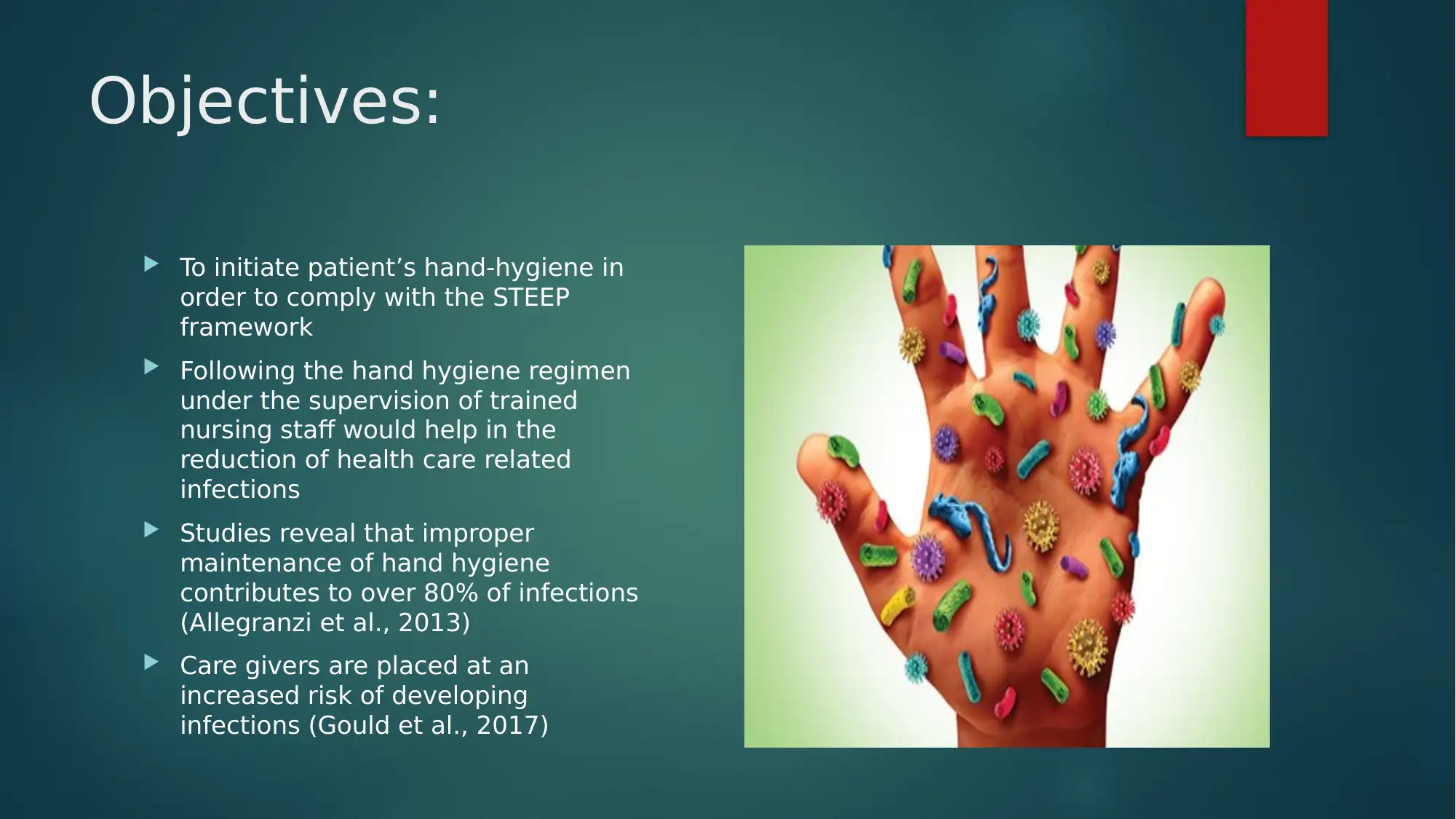

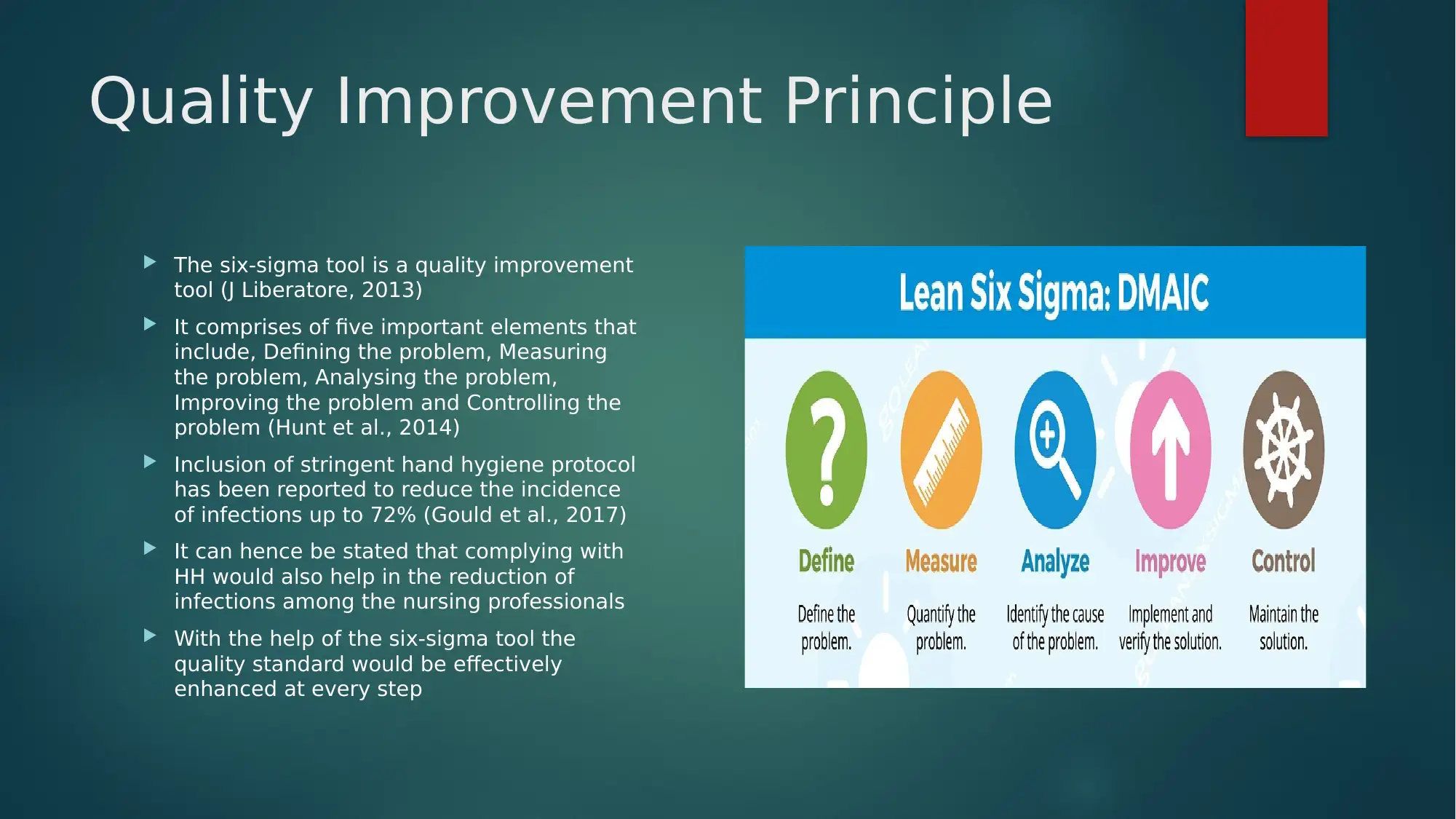
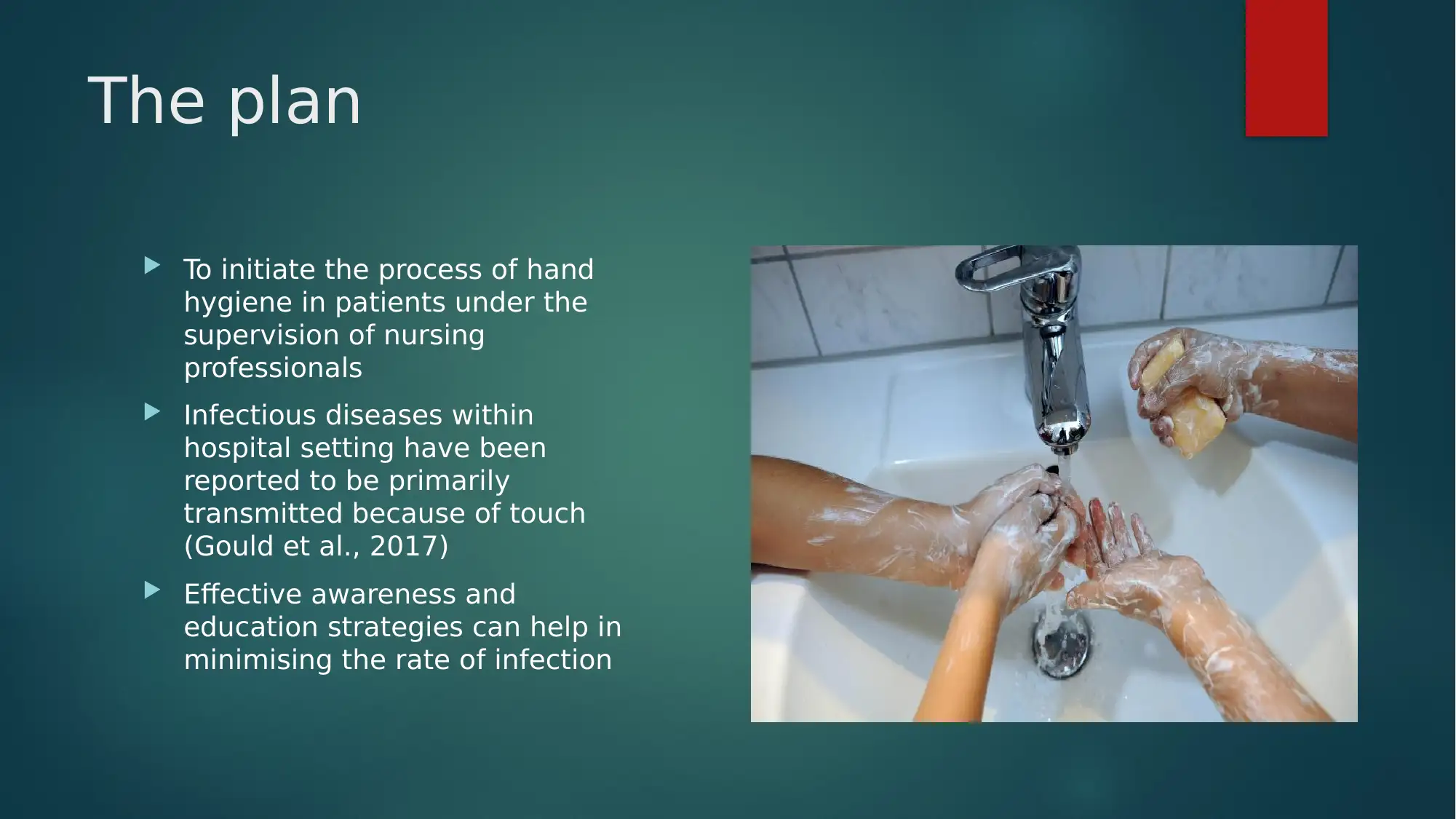
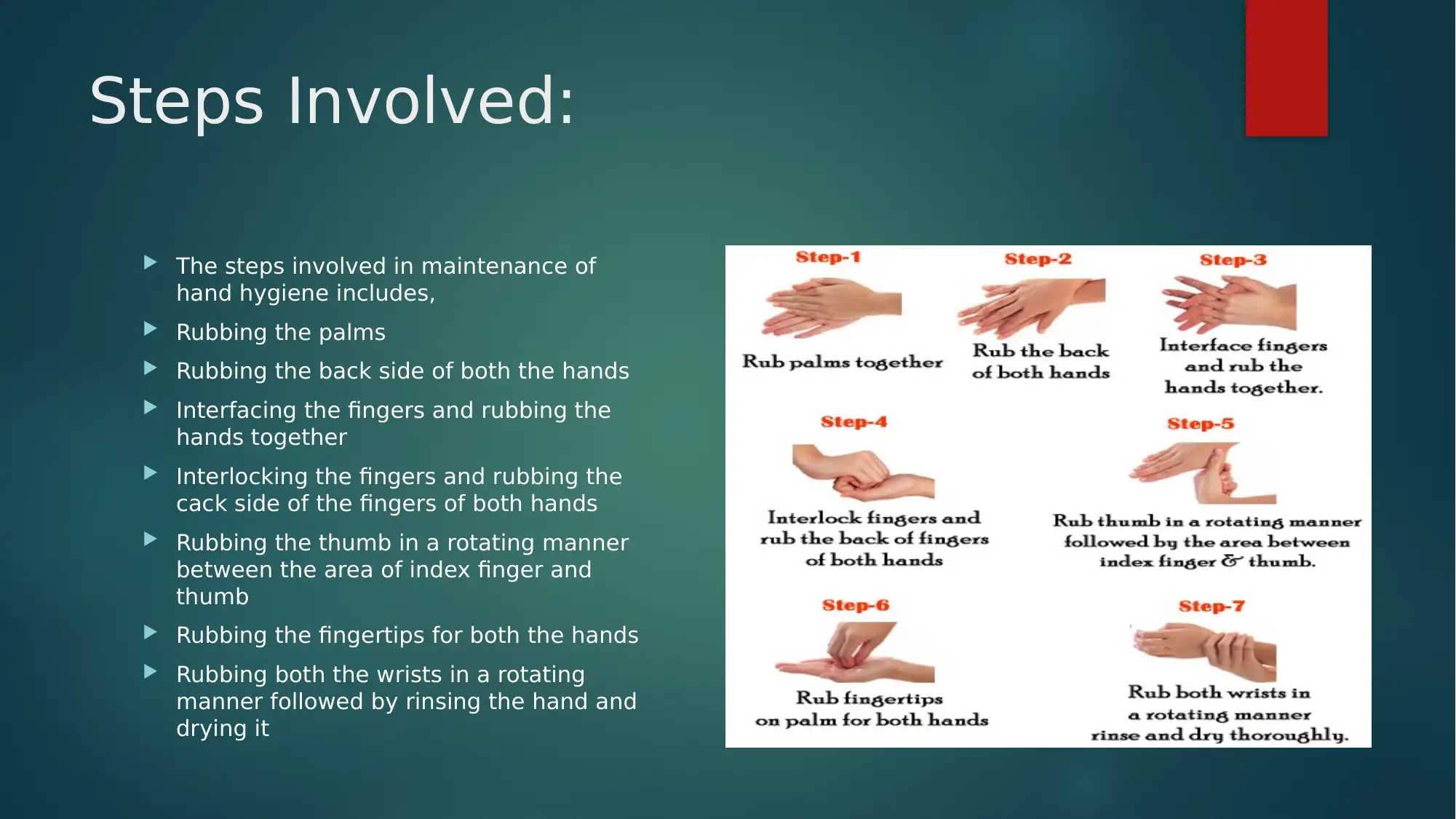
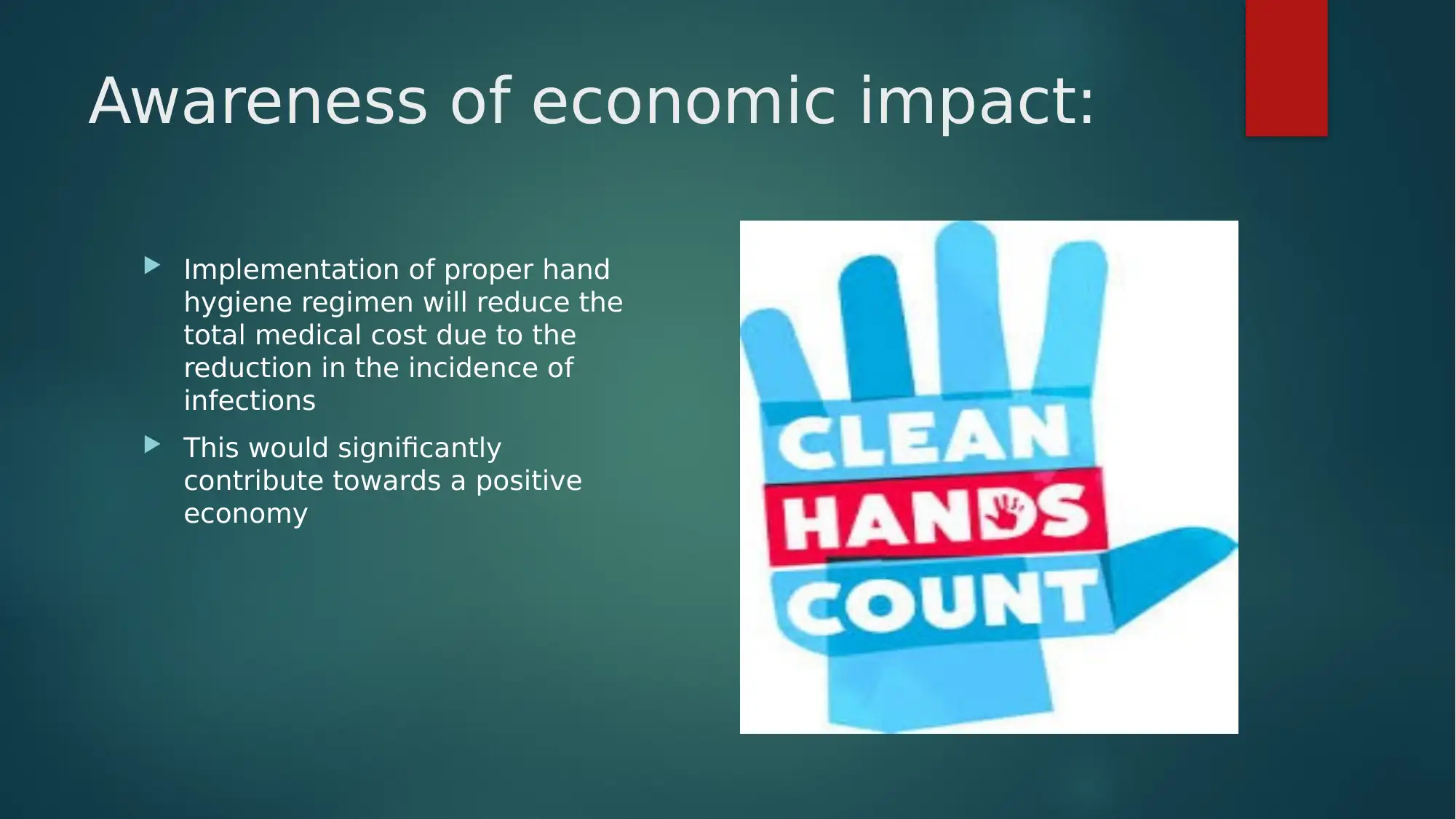
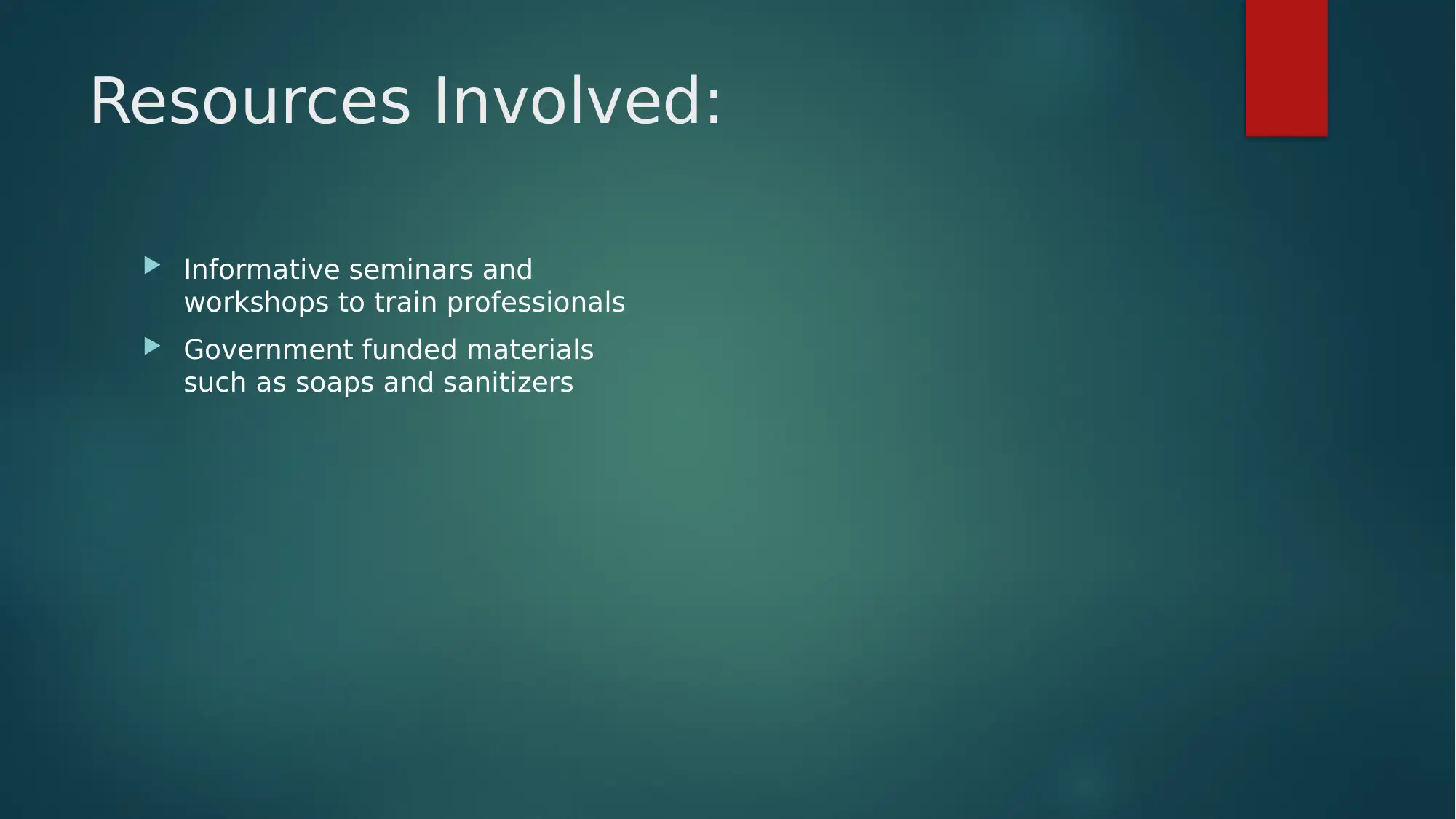
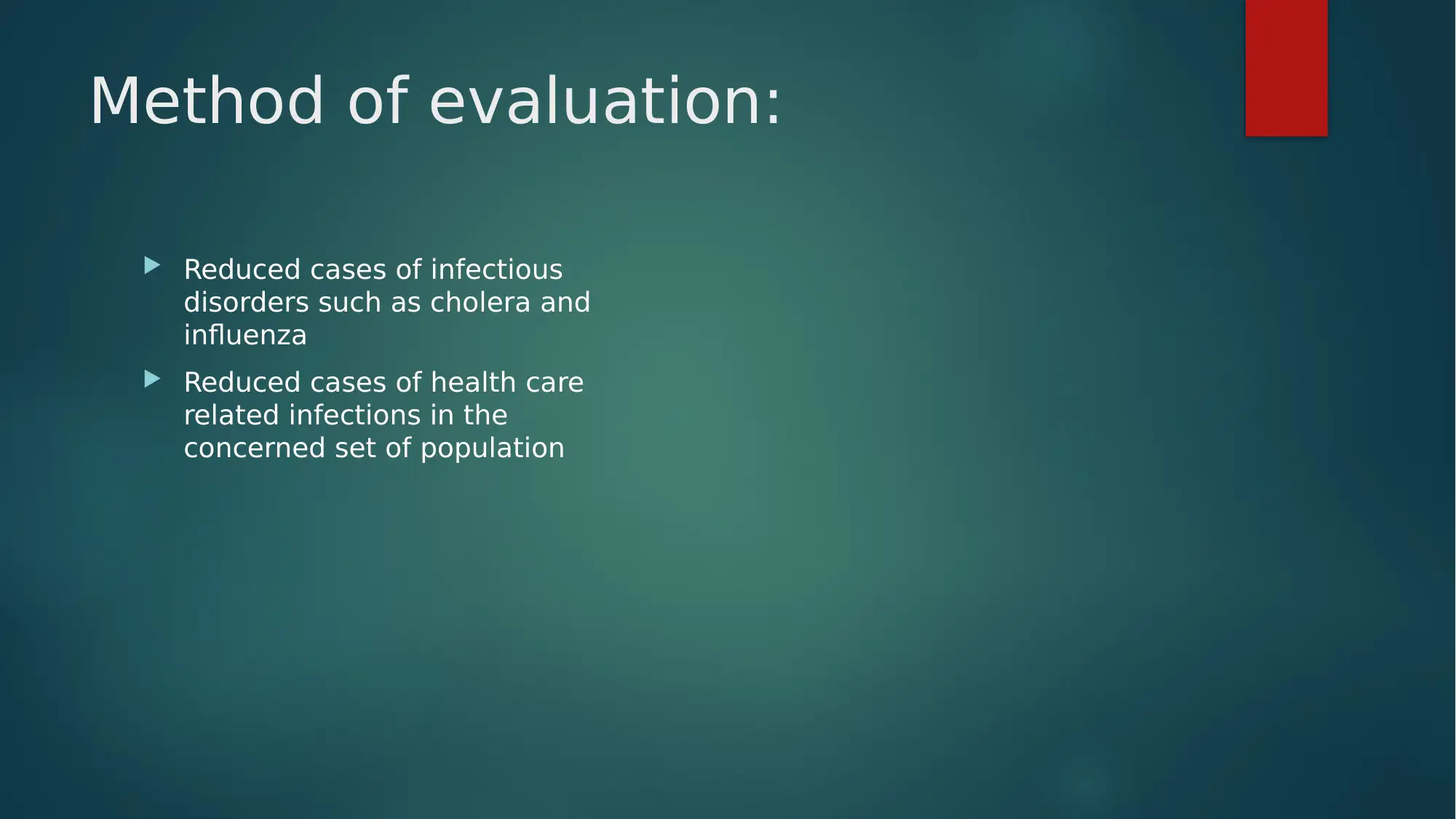

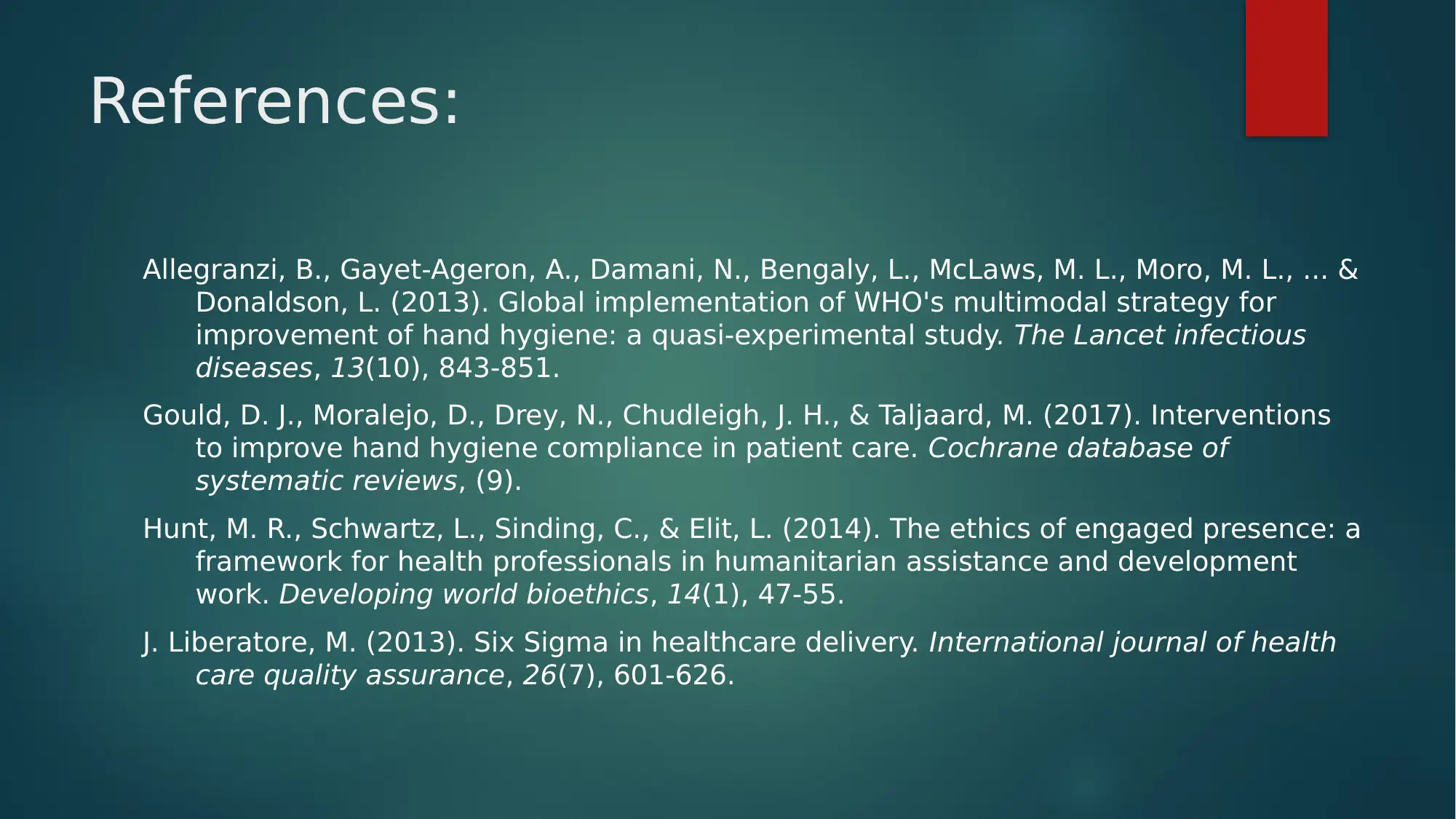






![[object Object]](/_next/static/media/star-bottom.7253800d.svg)